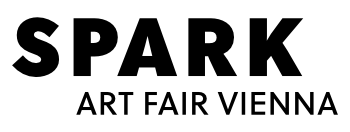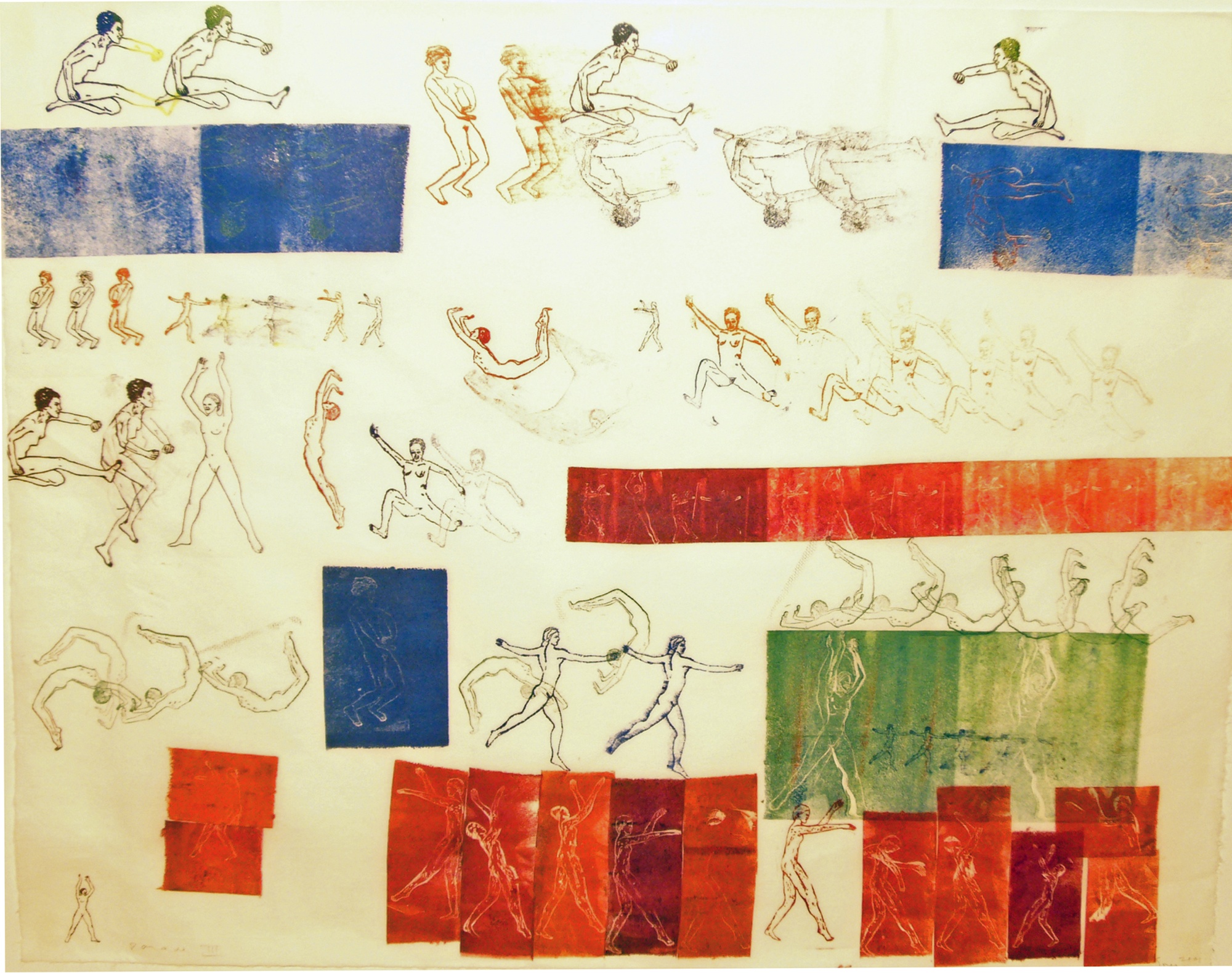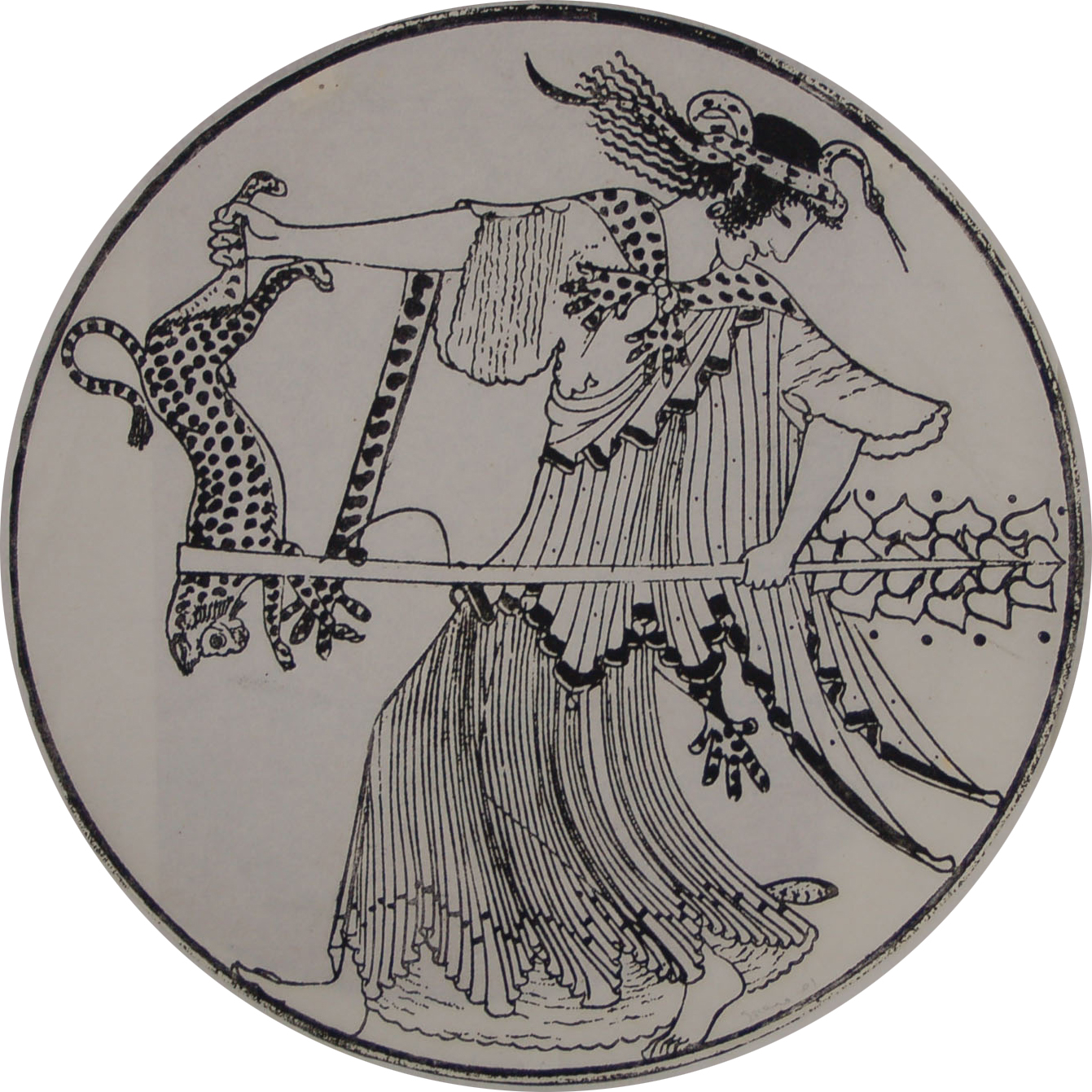Christine König Galerie
Nancy Spero
Nancy Spero (1926-2009) was an American artist and feminist whose tough, exquisite figurative art addressed the realities of political violence.
Born in Cleveland in 1926, Spero studied at the School of the Art Institute of Chicago and there met her husband, the painter Leon Golub, to whom she was married for fifty-three years until his death, in 2004. The couple moved to Paris in 1959, where Spero steeped herself in European existentialism and produced a series of oil paintings she had begun in Chicago on the themes of night, motherhood, and eroticism. When they settled in New York City, which became their permanent home, in 1964, the Vietnam War and the social changes it was creating in the United States affected Spero profoundly.
In 1971, Spero returned to the interests of her Paris years in the introspective and tormented “Codex Artaud,” a series that interspersed images of broken bodies and hieroglyphic monsters with the transcribed writings of Antonin Artaud. By the time of the “Codex Artaud” her long involvement with the women’s movement had begun. In the mid-1970s she resolved to focus her art exclusively on images of women, as participants in history and as symbols in art, literature, and myth.
Although Spero received relatively little art world attention during the early part of her career, she gained visibility in the 1980s and ’90s as socially concerned art came into favor.
Biography
Born in 1926 in Cleveland, Ohio, USA Died in 2009 in New York.
1945 – 1949 studies at the Art Institute of Chicago, 1949 – 1950 at the Ecole des Beaux-Arts, Paris.
Marries Leon Golub in 1951, lives with him and three sons in Chicago, Florence, Paris and from 1964 in New York.
Since 1968 political commitment to the American feminist movement, 1971 founding member of the New York Artists in Residence Gallery (A.I.R.), the first cooperative art gallery for and from women in New York. In the 1970s political feminist works like the „War Series“ arise (dealing with violence and male sexuality), „Torture of Women“ (a piece on the history of torture of female captives in Latin America) or „Notes in Time on Women“ (women as protagonists in cultural history).
Since the 1980s numerous solo exhibitions i.e. at the Serpentine Gallery, London; Centre Pompidou, Paris; MoMA, New York; New Museum, New York; Institute of Contemporary Art (ICA), London; Museum Villa Stuck, Munich; or participation at the Sydney-, Venice-, Whitney- or Gwangju Biennale.
Christine König Galerie
Christine König Galerie was founded in 1989 in Vienna. The gallery represents a variety of internationally recognized artists and works simultaneously with a decidedly younger generation of upcoming artists. The gallery’s program and its selection of the artists reflects the central concerns of Christine König: Politics and activism, feminism, literature, as well as post-conceptual approaches. In the last decades art has become a dominant field of action and discourse. Visual arts can help develop an understanding for socio-political and cultural processes of change. In a highly stimulating and productive climate, galleries have assumed the role of intermediaries, making a preliminary selection and using their intellectual resources in a responsible way to back and promote certain positions and artists vis-à-vis collectors.
+4315857474
Robby Greif
+4367761383176
Nancy Spero
Nancy Spero (1926-2009) was an American artist and feminist whose tough, exquisite figurative art addressed the realities of political violence.
Born in Cleveland in 1926, Spero studied at the School of the Art Institute of Chicago and there met her husband, the painter Leon Golub, to whom she was married for fifty-three years until his death, in 2004. The couple moved to Paris in 1959, where Spero steeped herself in European existentialism and produced a series of oil paintings she had begun in Chicago on the themes of night, motherhood, and eroticism. When they settled in New York City, which became their permanent home, in 1964, the Vietnam War and the social changes it was creating in the United States affected Spero profoundly.
In 1971, Spero returned to the interests of her Paris years in the introspective and tormented “Codex Artaud,” a series that interspersed images of broken bodies and hieroglyphic monsters with the transcribed writings of Antonin Artaud. By the time of the “Codex Artaud” her long involvement with the women’s movement had begun. In the mid-1970s she resolved to focus her art exclusively on images of women, as participants in history and as symbols in art, literature, and myth.
Although Spero received relatively little art world attention during the early part of her career, she gained visibility in the 1980s and ’90s as socially concerned art came into favor.
Biography
Born in 1926 in Cleveland, Ohio, USA Died in 2009 in New York.
1945 – 1949 studies at the Art Institute of Chicago, 1949 – 1950 at the Ecole des Beaux-Arts, Paris.
Marries Leon Golub in 1951, lives with him and three sons in Chicago, Florence, Paris and from 1964 in New York.
Since 1968 political commitment to the American feminist movement, 1971 founding member of the New York Artists in Residence Gallery (A.I.R.), the first cooperative art gallery for and from women in New York. In the 1970s political feminist works like the „War Series“ arise (dealing with violence and male sexuality), „Torture of Women“ (a piece on the history of torture of female captives in Latin America) or „Notes in Time on Women“ (women as protagonists in cultural history).
Since the 1980s numerous solo exhibitions i.e. at the Serpentine Gallery, London; Centre Pompidou, Paris; MoMA, New York; New Museum, New York; Institute of Contemporary Art (ICA), London; Museum Villa Stuck, Munich; or participation at the Sydney-, Venice-, Whitney- or Gwangju Biennale.
Christine König Galerie
Christine König Galerie was founded in 1989 in Vienna. The gallery represents a variety of internationally recognized artists and works simultaneously with a decidedly younger generation of upcoming artists. The gallery’s program and its selection of the artists reflects the central concerns of Christine König: Politics and activism, feminism, literature, as well as post-conceptual approaches. In the last decades art has become a dominant field of action and discourse. Visual arts can help develop an understanding for socio-political and cultural processes of change. In a highly stimulating and productive climate, galleries have assumed the role of intermediaries, making a preliminary selection and using their intellectual resources in a responsible way to back and promote certain positions and artists vis-à-vis collectors.




